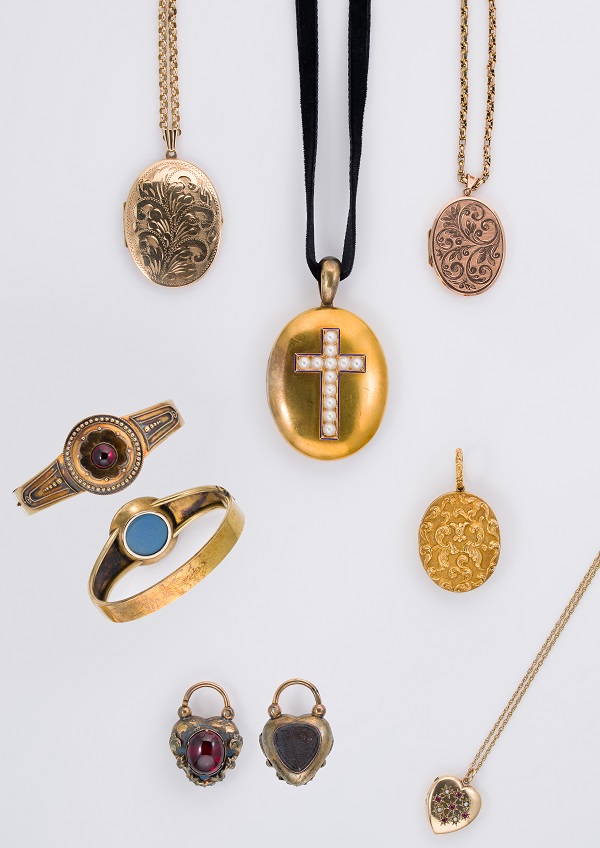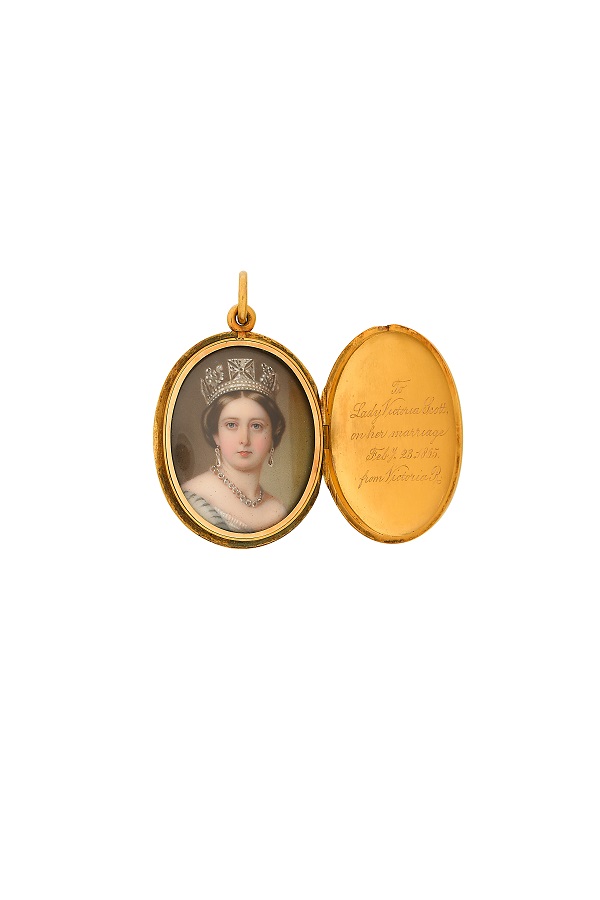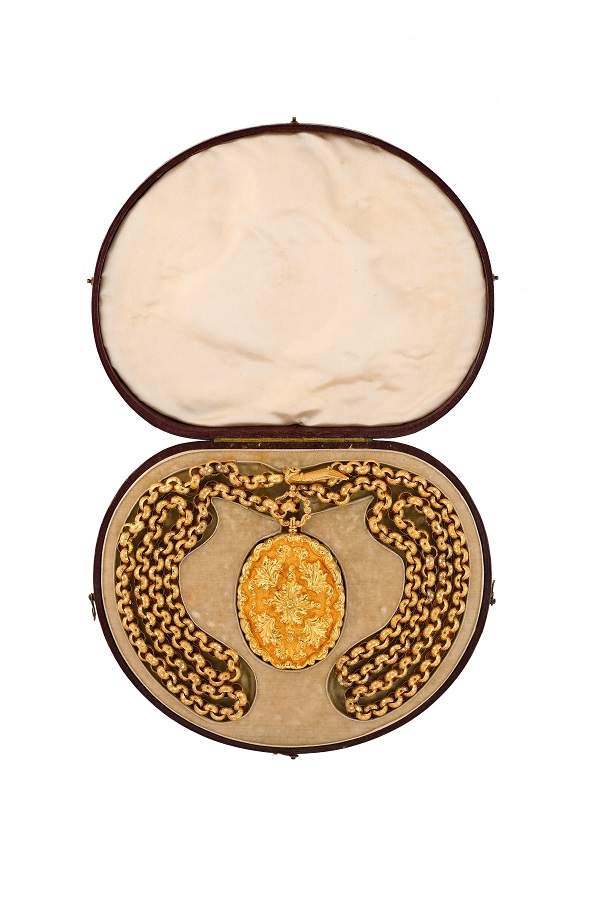Who doesn’t love a good old fashioned love story? Tales of love lost and found, intrigue, secret affairs and absent friends or lovers. Lockets are the embodiment of these romantic tales and are capturing the hearts of modern-day tastes as much as they did in their heyday throughout the Georgian and Victorian eras.
In June, two lockets owned by Charles Dickens and his sister-in-law went on view at the Charles Dickens Museum in Doughty Street. Telling a tale which was thought to have influenced the storyline behind Oliver Twist, these lockets were two private tokens of affection and illustrate the special friendship between the pair. Still, 184 years on, lockets continue to be the jewellery of romance. Whilst previously seen as old-fashioned, fusty and dusty pieces to be sold in antique shops or found in granny’s jewellery box, lockets are now breaking into the mainstream and becoming increasingly popular in today’s market. Towards the end of last year, Jennifer Aniston, Reba McEntire and Sandra Bullock were all spotted sporting a locket, Victoria Beckham released a locket as part of her current jewellery collection whilst Astley Clarke released an engravable example which was inspired by a vintage gold locket necklace inherited from Bec Astley Clarke’s grandmother.

Lockets and memorial jewellery available at the next Cheffins Jewellery, Silver & Watches sale on 26th August
But where did lockets come from and why are they making a comeback? No one really knows when lockets were first invented, but it is thought that they evolved from the amulets and pendants of ancient times and the Middle Ages.
Both the Georgians and the Victorians were masters of hidden messages and jewellery was created to express a deep message, mourning the loss of a loved one or remembering a lover who was away at sea. This meant that mourning or memorial jewellery, with secret compartments for locks of hair or portrait miniatures became a fundamental part of tastes of the time. These could appear in rings, bangles, brooches or bracelet padlocks, but in the main, lockets were the order of the day. Lockets really saw a move to popularity during the Georgian era when they were set with precious gemstones and the preserve of the very wealthy. As times changed, as did jewellery, and during the Victorian era the locket morphed into the piece which we recognise today. It was known that Queen Victoria had two lockets of her own, as gifts from Prince Albert, they contained locks of hair from each of their children and this set off a new trend for mourning jewellery throughout the period. Similarly, during the two world wars, lockets gained popularity as gifts from soldiers to wives and girlfriends before they headed off to join the war effort.

Locket gifted by Queen Victoria to Lady Victoria Scott in 1865 which was sold for £19,000 at Cheffins in November 2020
As with many things, the end of the war put an abrupt stop to the popularity of the locket, as people sought to look ahead rather than dwelling on the past. However, the locket is now firmly back. In these times of flash-in-the-pan social media and the relentless bombardment of images and information, there is something particularly charming about the old-fashioned format of a locket. Keeping an image of that loved one close at all times, and on a beautiful piece of jewellery rather than a phone screen.
There are a series of new styles to choose from, including both contemporary designs and those more traditional. And for collectors of antique jewellery, auction buys are becoming increasingly sought-after. For example, at Cheffins in November 2020, a locket which was gifted by Queen Victoria to one of her godchildren well exceeded its estimate, selling for £19,000 (pictured above). Of course, provenance and the royal connection helped to ensure that this stunning example which was set with emeralds, rubies and diamonds was to be knocked down at values never previously dreamt of, however there have also been other antique examples, without the royal connection which have also sold incredibly well. A Georgian locket and chain in the same jewellery sale made £9,500 (below) against an estimate of £1,500 - £2,500. At 4.6cm wide, this was a sizeable piece. Containing a portrait of a smartly dressed gentleman and a compartment of woven hair, this would have been a locket of a person of society.

Georgian locket sold for £9,500 at Cheffins in November
At the next Cheffins Jewellery, Silver and Watches Sale on 26th August, there is a handful of beautiful modern and antique examples available. One likely to appeal to modern tastes is a Victorian pearl and enamel hinged mourning locket on a velvet ribbon which has an estimate of £500 – £700. Anyone looking for a more embellished example could consider one of the two 9ct gold oval hinged picture lockets we have available which have been beautifully engraved and have estimates of £200 - £400 apiece. Whilst the dedicated antique collectors are likely to be drawn to the Georgian examples which are available.
The Cheffins Jewellery, Silver and Watches Sale will take place on 26th August, 2021, in Cambridge, to view the catalogue or register to bid online click here.